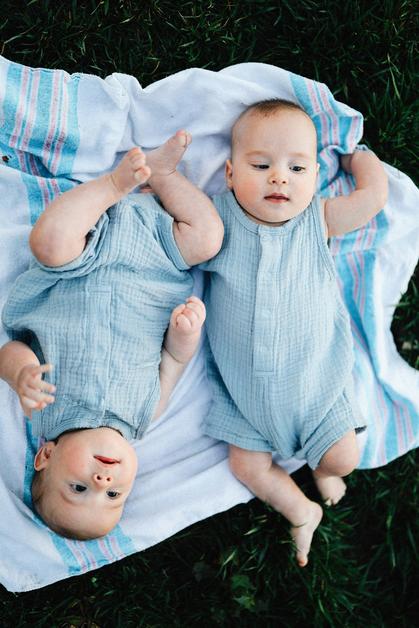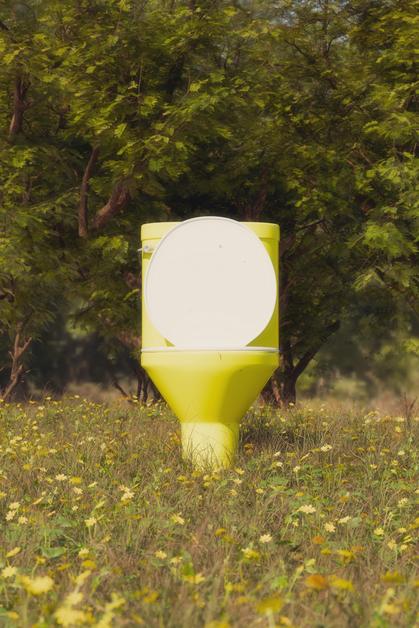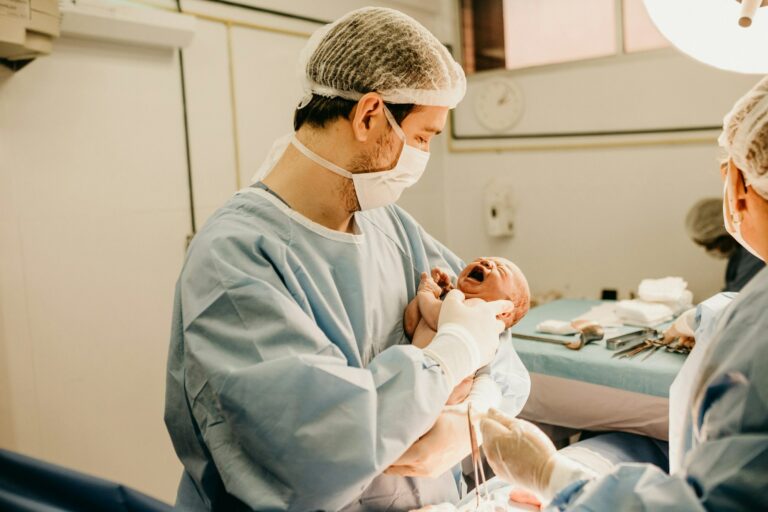The experience of awaiting twins can feel both exhilarating and absolutely daunting. You glance down, day after day, and notice how quickly your belly expands—a transformation at once remarkable and unsettling. What does it really mean to have a “big belly twins” pregnancy? For many parents, questions emerge from the first positive ultrasound: Is this amount of growth normal? Is such rapid stretching safe for my babies—or for me? Will discomfort become the daily norm? The journey is loaded with anticipation, practical adjustments, and the relentless quest for reassurance. Let’s unpack the full spectrum of what to anticipate with big belly twins: the science, daily hurdles, physical changes, nutrition, medical oversight, sleep, support, body image, and everything in between, spotlighting advice that blends expertise and empathy.
What does “big belly twins” really mean? A physiological and emotional examination
“Big belly twins” describes the particularly rapid abdominal growth in twin pregnancies. Instead of following a quiet, gradual curve, your belly seems to appear much sooner and often grows more impressively than with a single baby. Why? Two little lives need more uterine expansion, so the body’s adaptation kicks in early and dramatically. Increased amniotic fluid, amplified blood volume, and dynamic hormonal shifts (think: elevated levels of hCG, relaxin, progesterone) accelerate these changes—sometimes making the belly feel tight and skin stretched to its limit even in the second trimester.
It’s common for parents to alternate feelings of fascination and discomfort. You may marvel at how your body accommodates two growing babies, even as you juggle exhaustion or intense ligament pain. Consider, for example, that some women with big belly twins can see their bump “pop” forward by the end of the first trimester, while others observe a gentler curve, less obvious due to individual body shapes or previous pregnancies. Genetics, maternal age, parity (number of previous pregnancies), and even the fetal position all modulate this unique physical story.
Why a big belly matters in twin pregnancy: monitoring, comfort, and parental wellbeing
A visible, fast-growing bump is not just about aesthetics—it’s a medical signpost. Big belly twins pregnancies draw increased prenatal care, with frequent checkups to monitor not only fetal growth by ultrasound, but also maternal wellbeing. Double the load means double the energy demand, potential for more pronounced fatigue, and greater likelihood of stretch marks or abdominal discomfort. Early “showing” can also trigger questions from the outside world, prompting social discussions and sometimes unwanted advice.
How do you find comfort amidst the daily demands? Strategies include adjusting rest patterns, using supportive devices (maternity belts, pillows), and reaching out to specialized twin parent networks. Whether it’s seeking a physical reprieve or sharing the emotional rollercoaster, many families find that solidarity—among friends, family, and online groups—can be a real lifeline.
The science of twin belly size: factors influencing growth and shape
You may find yourself comparing bump size to others’. But what really determines the silhouette of big belly twins?
- Number of fetuses: It sounds obvious, but two babies need more “real estate.”
- Type of twins: Dizygotic (fraternal) twins, with two placentas and sacs, may create a broader bump; monozygotic (identical) twins might share portions of this internal housing, sometimes condensing or changing the way the belly protrudes.
- Amniotic fluid volume: Some pregnancies feature more fluid, amplifying the belly’s size and emotional impact.
- Hormonal and vascular changes: More pronounced than in singleton pregnancies, these underlie much of the physical adaptation.
- Maternal anatomy: Petite or athletic women may “show” earlier, while factors such as previous pregnancies or the natural elasticity of the abdominal wall modify external appearance.
Not to be underestimated—the baby position (breech, cephalic, transverse) and the interplay with placental location will shape the contour and projection of the bump.
Medical lens: why enhanced surveillance is necessary
With big belly twins, frequent and enhanced medical surveillance becomes the rule, not the exception. Most parents can expect:
- Serial ultrasounds: Tracking both growth and equity between fetuses, and not merely relying on external belly size.
- Blood pressure and lab checks: To screen for gestational hypertension, preeclampsia, and anemia, all more frequent in twin gestations.
- Cervical measurements: Assessment of preterm birth risk, particularly if belly growth is extremely rapid or accompanied by pain.
Red flags? Sudden, dramatic increases in belly circumference, heavy swelling (edema), persistent pain, regular contractions, or changes in fetal movement patterns. These warrant prompt attention to identify issues like polyhydramnios (excess amniotic fluid), preterm labor, or twin-to-twin transfusion syndrome in identical twins.
Scientific consensus emphasizes: Bump size alone is an unreliable indicator of fetal health. Clinical insight comes from blending physical measurements with sonographic and biochemical data.
Physical changes and symptoms with big belly twins
Your abdomen isn’t the only thing changing. With big belly twins, many parents will recognize:
- Back pain and postural shifts: As center of gravity advances, spinal biomechanics adapt—sometimes with unwelcome aches.
- Joint strain (hips, pelvis): The extra weight plus hormonal changes (relaxin softening ligaments) can provoke instability.
- Digestive disturbances: Heartburn, constipation, and early satiety, driven both by hormonal action and sheer uterine pressure on the stomach and bowel.
- Swelling: Elevated blood volume and vascular permeability can lead to puffy ankles, hands, and even facial swelling.
- Skin symptoms: Pruritus (itching), tautness, and of course, stretch marks (striae gravidarum) are especially likely.
Practical tips? Moisturize daily, elevate legs when possible, wear compression stockings for comfort, and consider prenatal massage or gentle yoga (if medically approved). Supportive shoes and loose, breathable clothing help minimize discomfort and regulate temperature.
Nutrition, weight gain, and digestive harmony: navigating the essentials
Twins demand more—approximately 600 extra calories daily compared to singleton pregnancies, according to the American College of Obstetricians and Gynecologists. But this isn’t a call for unrestricted eating.
- Focus on nutrient density: Lean proteins, iron-rich vegetables, dairy, nuts, and whole grains underpin optimal fetal growth.
- Tailored supplements: Iron (for maternal and fetal blood supply), omega-3 fatty acids (for neural development), iodine, and a prenatal multivitamin are often advised.
- Meal timing: Multiple small meals can help ease reflux and maintain energy.
- Hydration: Ample fluids reduce constipation, decrease risk of urinary infection, and support increased blood volume.
Weight gain with big belly twins is usually recommended between 33 and 53 pounds (15 to 24 kg) spanning the pregnancy term. Regular monitoring with a healthcare provider helps ensure appropriate pacing, especially if nausea or digestive symptoms make intake challenging.
Twin types, configurations, and implications for birth
The “twin type”—dizygotic or monozygotic—carries not just genetic, but practical sequelae for pregnancy and delivery planning. Dizygotic twins typically have separate placentas and sacs, which may lower certain risks (like twin-to-twin transfusion syndrome). Monozygotic twins, especially if sharing a placenta, are more closely followed due to increased risks tied to their unique intrauterine interactions.
When contemplating the delivery itself, factors come thick and fast:
- Are both twins head-down?
- Is there sufficient space?
- Are there indicators for preterm labor?
A vaginal birth remains possible if the leading twin is in cephalic presentation, though surgeons, anesthetists, and pediatricians will be on hand in case a quick cesarean becomes the best choice. Packing your hospital bag sooner, emphasizing loose clothing and comfort items, reflects the reality that early deliveries are more common in twin pregnancies.
Sleep, comfort, and strategy: managing daily life
The challenge of finding restful sleep only intensifies as belly size grows. Side-lying, preferably on the left, maximizes blood flow to both babies and minimizes swelling. Specialized pregnancy pillows—between the knees, under the bump, or along the back—can transform night-time comfort.
Beyond the bed, maternity belts offload abdominal and back strain throughout the day, while compression stockings are a practical defense against swelling for anyone spending periods upright. Supportive shoes, regular leg elevation, gentle stretching, and engaging in prenatal exercise (within safe parameters) round out the toolkit for comfort and mobility.
Emotional landscape and social experience: body image, resilience, and networks
“Big belly twins” inevitably spark commentary—from fascination to unsolicited opinions about your shape or timing. How do you maintain emotional balance? Many parents find comfort in connecting with other twin families, online forums, or local groups. Regular, body-positive self-reflection—celebrating the body’s strength and functionality—helps counter any negative self-image that may creep in.
It’s not uncommon to experience swings between pride and uncertainty. Remember, the visible bump does not predict baby size, health, or timing of arrival—science substantiates this. Fielding myths or stereotypes (“You’re bigger, so twins come sooner, right?”) with a calmly-informed answer can protect your mental space.
Key milestones: fetal development, medical tracking, and postpartum recovery
Between weeks 12 and 20, both twins lay down organs, limbs, and early neurological connections. Beyond 20 weeks, the focus shifts to maturation, fat deposit, and practicing essential skills such as breathing movements. The third trimester, however, involves slowing weight gain as physical space gets tight.
At delivery—often by 36 weeks—twin weights are lower on average than singletons, but routine medical support can address most initial challenges. Postpartum, your belly may remain more distended, especially with diastasis recti (separation of the abdominal wall)—a common occurrence with big belly twins. Be patient. Physical recovery is rarely instantaneous; pelvic floor and abdominal rehabilitation, under medical supervision, lay the groundwork for strength and comfort.
Strategies for comfort, self-care, and adaptation
- Hydration, warm baths (not hot), prenatal massage: These deliver welcome relief to tense muscles, promote relaxation, and improve sleep quality.
- Gentle activity: Walking, stretching, or yoga, with medical permission, can stimulate circulation and aid digestion.
- Delegation and routine adjustment: Rethink daily expectations, enlist support, and rest whenever possible—there’s no merit in pushing past physical limits.
- Community support: Sharing your story, connecting in person or online, and seeking expert input can transform uncertainty into empowerment.
Big belly twins in the digital era: connection and reflection
The impact of social media in shaping perceptions of big belly twins is undeniable. Some parents find motivation by documenting their changing shape—photos, journals, vlogs—while others gather comfort in anonymity and shared experience of online communities. These forums serve practical functions too, with advice on everything from maternity wear to coping with unsolicited attention.
Key takeaways
- Big belly twins pregnancies are shaped by a blend of genetics, fetal positioning, twin type, and maternal physiology—variation is expected and normal.
- Fast, visible growth is a hallmark of twin gestation, but bump size does not predict baby health or birth timing.
- Medical teams rely on ultrasound scans, not external measurements, to assess growth, fluid, and safety.
- Regularly discuss any sudden pain, swelling, contractions, or changes in fetal activity with your healthcare provider.
- Prioritize comfort—hydration, supportive gear, adequate rest, and tailored nutrition are your best allies.
- Engage support networks, whether practical or emotional—no need to shoulder everything alone.
- Postpartum recovery, especially with abdominal wall changes, demands patience and sometimes medical guidance.
- For further resources, personalized advice, and accessible health questionnaires for your children, you can download the Heloa app—your ally for parenting well-informed.
Whether your journey with big belly twins is smooth or full of twists, empower yourself with knowledge, compassion, and the right medical care—your evolving experience is as unique as the double heartbeat under your palm.
Questions Parents Ask
Can a bigger belly mean twins or another reason?
It’s natural to wonder if a more prominent bump signals twins. While an expanding belly can sometimes be a sign of a twin pregnancy, it’s important to remember that belly size varies from one person to another. Factors like your body type, past pregnancies, and how your babies are positioned can influence belly size. Other reasons—such as increased amniotic fluid or how your body carries—can also explain a larger-than-expected bump. Only an ultrasound or further examination by a healthcare provider can truly confirm a twin pregnancy. Try not to compare – every pregnancy is unique, and a larger belly doesn’t always mean twins.
When does a twin pregnancy bump usually start to show?
Twin pregnancies often “show” earlier than single pregnancies because your uterus expands more quickly to make space for two babies. Many parents notice a visible bump near the end of the first trimester or the beginning of the second. That said, the exact timing can depend on your unique body, previous pregnancies, and even the amount of amniotic fluid. If your bump appears sooner or is more pronounced, rassurez-vous, it’s a common and normal part of expecting twins.
Is a larger belly during a twin pregnancy normal if I’m petite or have a smaller frame?
Absolutely. Petite parents or those with a smaller build might notice their bump seems even bigger or becomes visible earlier in a twin pregnancy. Your body is working hard to adapt, and it’s perfectly normal for the belly to look more prominent due to less abdominal space or muscle elasticity. You may feel more physical changes, but remember, your body is showing resilience and strength. If discomfort or questions arise, don’t hesitate to reach out for medical advice—accompaniment and reassurance make a real difference.










